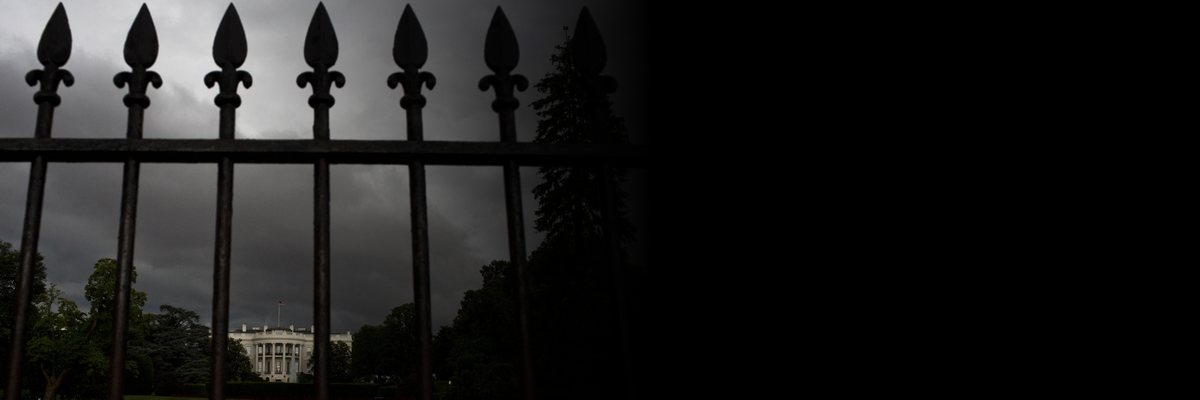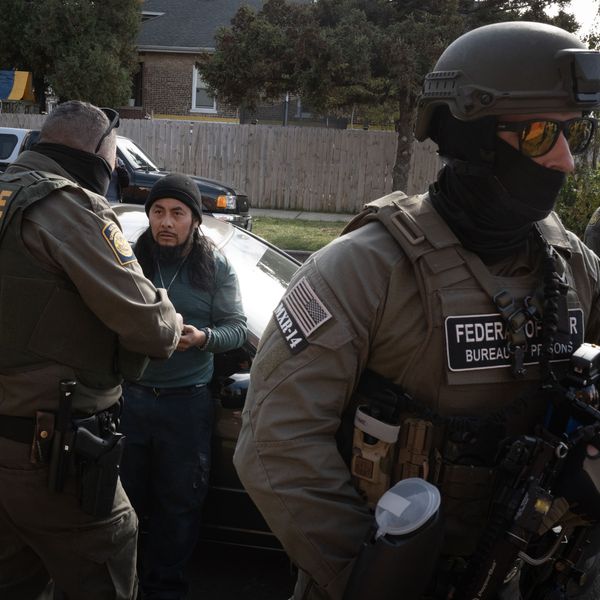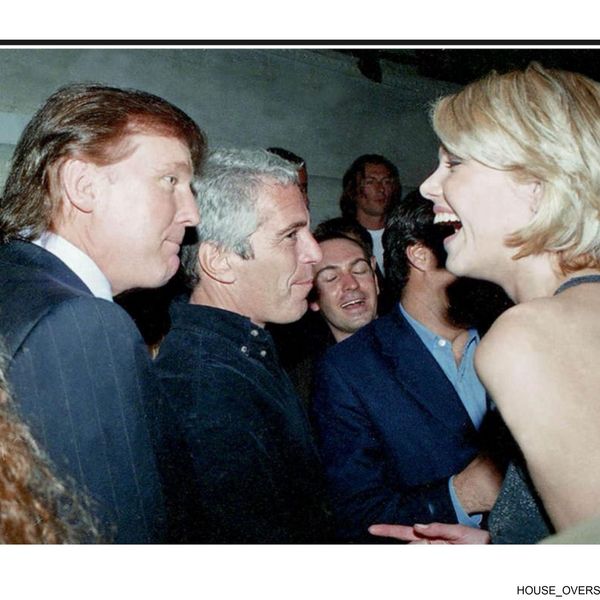Not only did the FBI fly surveillance aircraft over the city of Baltimore during the protests following the police killing of Freddie Gray, the ACLU revealed Friday that it used advanced technology like infrared and night-vision cameras to do so.
What's more, new internal documents obtained through a Freedom of Information Act request show that the agency is holding on to surveillance video it recorded from the sky.
According to flight logs, evidence logs, and internal memos, the FBI helped local law enforcement watch protests between April 29 and May 3 by making 10 flights over the area, comprising a total of 36.2 hours.
In a blog post on Friday, ACLU staff attorney Nathan Freed Wessler acknowledged that "in its Domestic Investigations and Operations Guide, the FBI takes the position that no Fourth Amendment protections apply to 'aerial surveillance conducted from navigable airspace'."
However, Wessler argued, "While that is an accurate statement of Supreme Court precedent when it comes to visual observation and use of normal cameras from a plane, it fails to grapple with the effect of advances in surveillance technology."
"Use of infrared and night-vision camera technology changes the equation by raising the potential for invasions of privacy," he continued. "The capabilities of the surveillance gear matter. If the infrared camera is capable of observing information about the inside of private homes and offices, for example, the Supreme Court has already explained that the Fourth Amendment's warrant requirement applies."
Friday's revelations raise additional questions about what kind of surveillance equipment the FBI was using, what data the agency gathered and saved, with whom that information is being shared, and "whether aerial surveillance has the effect of chilling First Amendment-protected speech and assembly," said Wessler, who works with the ACLU's Speech, Privacy & Technology Project.
"It also raises concerns about whether the intelligence gathered could lead to racial profiling of the protesters, who were predominantly people of color," he added.
As Ars Technica pointed out:
The records show that the FBI not only provided live video intelligence to the Baltimore police, but also collected and saved high-resolution video footage of hundreds of people participating in protests on the streets of Baltimore--footage that may be used in the future to build profiles on those people.
FBI Director James Comey told a U.S. House Judiciary Committee hearing last week that the agency also used its aircraft above Ferguson, Missouri, last year to help local law enforcement keep track of unrest on the ground.
"There undoubtedly are times when aerial surveillance is an appropriate law enforcement tool for public safety or investigative purposes," wrote Wessler.
"But it is essential that accurate information about such surveillance be available to the public, and that strict rules be in place to protect against unjustified mass surveillance or warrantless collection of private information," he said. "As the government's technological capabilities improve, we must ensure that old legal rules from the pre-digital era are not blindly applied to newer and more powerful forms of digital surveillance."



